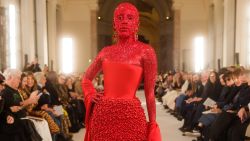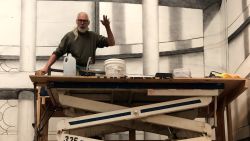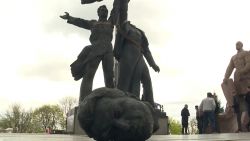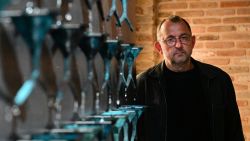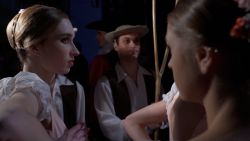“Hi, this is Elton,” begins the audio guide. Sir Elton Hercules John is chatty and almost inescapable company on the tour of “The Radical Eye: Modernist Photography from the Sir Elton John Collection” at the Tate Modern in London, a selection of over 175 photographs from his extensive collection.
In line with his star status, the musician is being lionized by the art world with this show, the first ever loan exhibition at Switch House, the striking new extension to Tate Modern designed by Herzog & de Meuron.
It’s clear from the photographs on display, that John is – in the words of someone else’s song – “a man of wealth and taste,” and he’s evidently thrilled about it.
An aesthetic addiction
Elton John, who was born Reginald Kenneth Dwight, doesn’t take photographs himself and claims that he “absolutely hates” having his own picture taken. He has made certain exceptions though – he’s sat for the late, great American photographers Richard Avedon and Irving Penn, happily surrendering as they moved his precious hands and fingers and chin for studio portraits.
Inside Elton John's spectacular private photography collection
But while no fan of being the camera’s subject, John clearly has an eye and collects photographs obsessively, with a particular passion for modernist photography from the first half of the 20th century.
John started collecting early, a decade before Tate Modern first showed serious interest in photography. Astonishingly, he’s amassed over 8,000 photographs in the last 25 years, at one point purchasing at least four or five photographs a week.
“I became avaricious about it, like a kid in a candy store,” he says on the audio guide.
I ask the director of The Sir Elton John Photography Collection, Newell Harbin, whether the singer is perhaps addicted, and she hesitates momentarily.
“He’s a passionate collector,” she finally says and laughs, before noting that he is slowing down.
The rate of acquisition is now “about one and half photographs a week,” and their wish list has shrunk – only about a dozen or so key early 20th century photos still to add – although the quest for flawless vintage prints remains.
John describes photography as ” the love of my life, in art terms. I love surrounding myself with them.” That’s why, he says, he works so hard: so he can collect.
Shared obsession
“The Radical Eye,” mostly black and white vintage silver gelatin prints from the 1920s to the 1950s, invites us to share his obsession. The exhibition is intensely focused on that time when photography came of age and its practitioners began to seriously experiment with cameras and in the dark room.
Tate Modern doesn’t provide anywhere to sit. You have to stand directly and closely in front of each photograph and immerse yourself. There are no big photographs and some are so small you have to stand just inches away.
John has six homes but it’s a huge penthouse apartment in Atlanta, Georgia – some 1650 square meters (18,000 square feet) – where, among the leopard skin print chairs, the crucifixes, the starfish, all available wall space seems to have been given over to photographs, as many as six at a time, hanging from floor to ceiling.
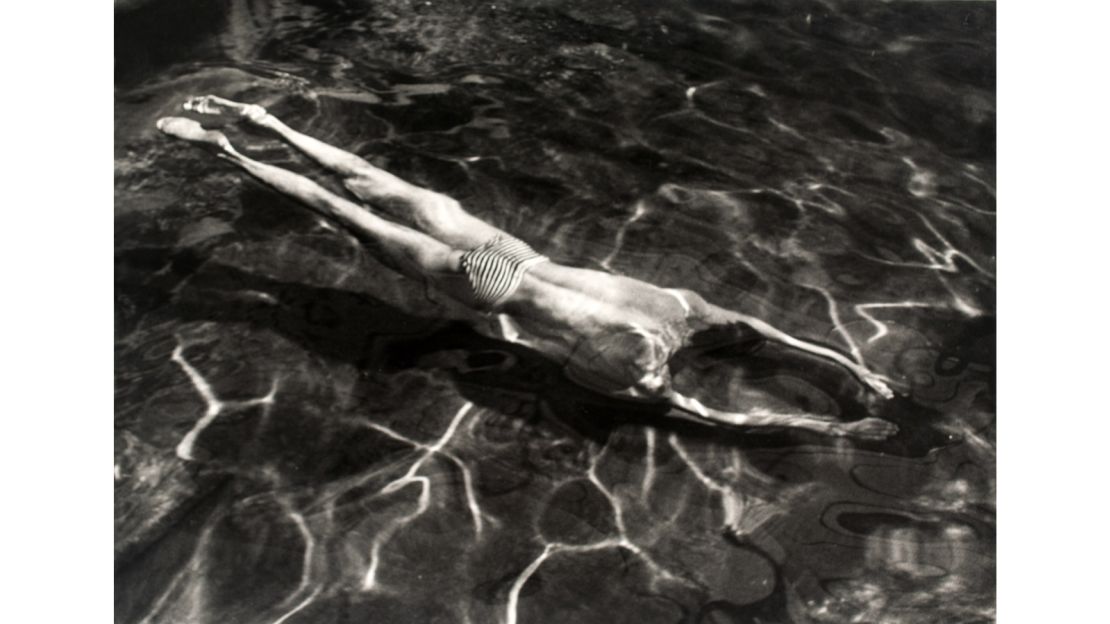
He shows us around on film, in black Adidas tracksuit, tinted glasses and a single chunky sparkling earring.
You notice the frames, almost as much as the photographs. Never solemn gallery black, they have to be flamboyant – gold, white gold and silver. John has been using the same Atlanta framer, Myott, since he came out of rehab in 1990 and started collecting.
A grid of nine pictures from the wall of John’s Atlanta study has been faithfully transferred to the opening room in the exhibition: images of a boy on a bicycle, a man’s white stiff collar, some eggs, electric power lines and several portraits of the American photographer Edward Weston.
Within this grid is a seminal purchase barely the size of a couple of thumbprints: a silver gelatin print of an underwater swimmer from the original 1917 contact sheet by the Hungarian master Andre Kertesz. You need a magnifying glass to appreciate its quality.
John had already been given a large late 1970s print of it by a friend, but leaped at the chance to buy the pristine original. Under the mount are the marks left by Kertesz’s pen where he cropped the image.
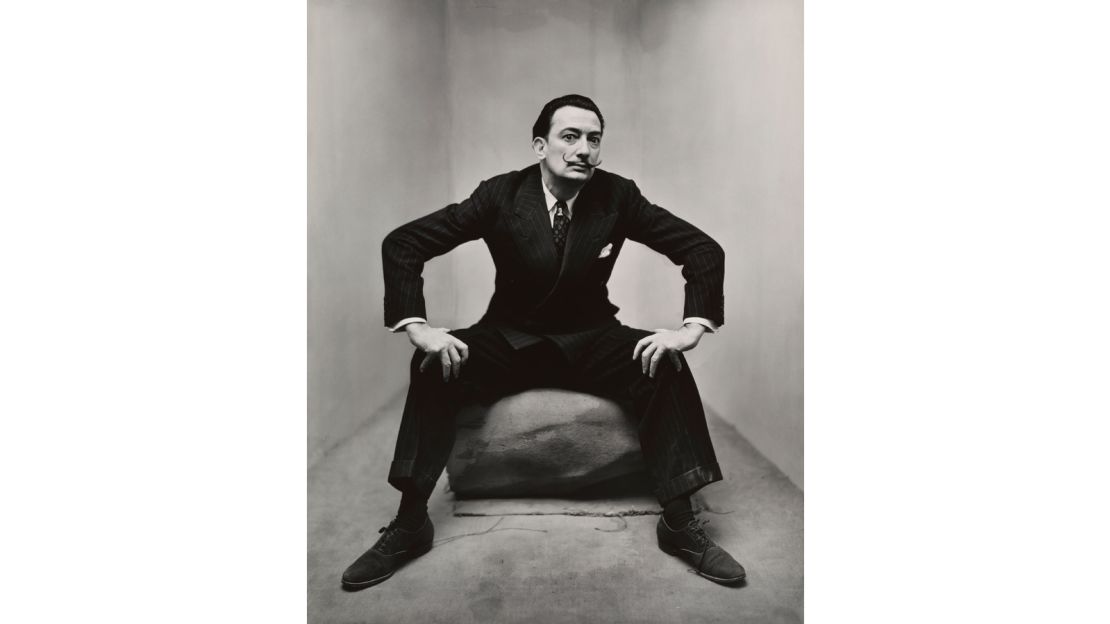
He regards it as “one of the most influential photos of the 20th century – iconic, homoerotic,” with Kertesz’s brother swimming “like a fish, like a salmon being caught out of stream.”
The image on the catalog cover is “Glass Tears” by Man Ray (like John, someone who gave himself a new name) from 1932. The photographer made the image using a fashion mannequin and glass beads at the time of his breakup with his lover, the American photographer Lee Miller.
John acquired this vintage print at auction in 1993 for the then world record price for a photograph of $185,000.
“I thought I had gone stark raving mad but I had to have it,” he writes in the catalog.
“Glass Tears” has probably risen in value at least seven fold since 1993. Another vintage print of it (there are four or five variants) sold for $1.3 million in 2001.
The show has 25 Man Rays in all, including a succession of studies of fellow artists in Paris – Picasso with a full head of hair in 1922, Henri Matisse in 1923, the balding surrealist Yves Tanguy in 1935.
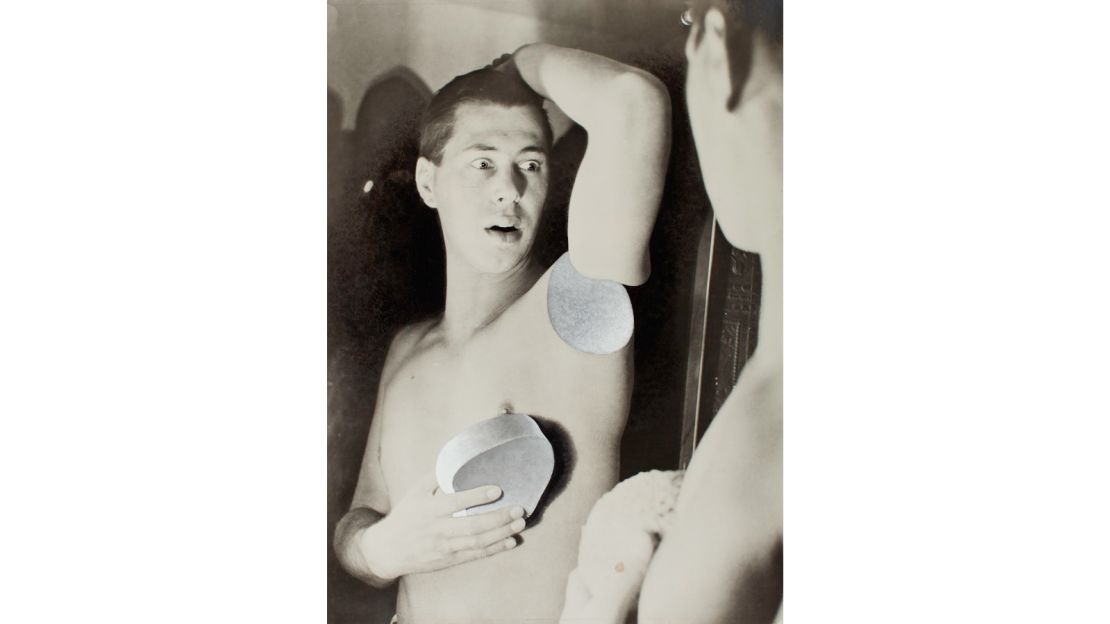
John refers to the Tanguy photograph as “the Phil Collins.” Tanguy looks uncannily like him, just as the 1932 self-portrait by Austrian photographer Herbert Bayer “looks like Jeff Koons.”
“Oh my God, my arms have fallen off. I have a piece in my hand. Very Dali-esque,” muses John.
He can be teasingly provocative. In the catalog interview, he declares “there is not a portrait in paint that could compare to a photographic portrait”.
A lasting legacy
John collects and is moved by photojournalism, old and new. He has photographs in this exhibition from the Great Depression in America by Dorothea Lange and Walker Evans. One is of a young girl, a pugnacious, world-weary little face in grubby dungarees from 1936. Lange has written on the back “The Damage is Already Done.”
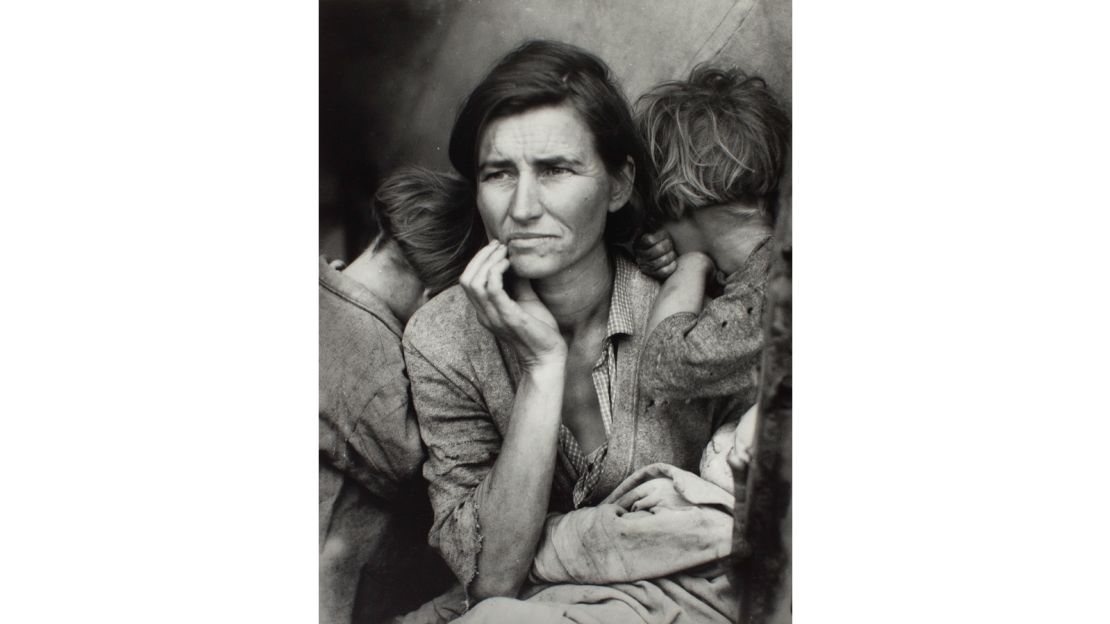
Among his collection are 2000 photos from 9/11, “the most horrible subject matter, but the most moving photography. We get them out every year. Beautiful photographs, but they’re too raw to show.”
At the end of the audio guide, John takes a moment to reflect.
“We live in turbulent times, probably the most turbulent of my life,” he says. “With photos, you get a sense of what’s happening and outrage.”


